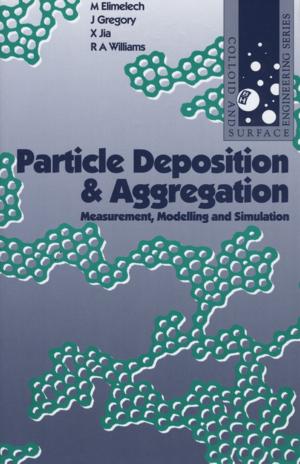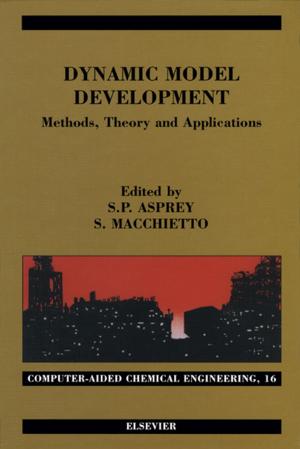Absorption-Based Post-Combustion Capture of Carbon Dioxide
Nonfiction, Science & Nature, Technology, Environmental, Power Resources| Author: | ISBN: | 9780081005156 | |
| Publisher: | Elsevier Science | Publication: | May 27, 2016 |
| Imprint: | Woodhead Publishing | Language: | English |
| Author: | |
| ISBN: | 9780081005156 |
| Publisher: | Elsevier Science |
| Publication: | May 27, 2016 |
| Imprint: | Woodhead Publishing |
| Language: | English |
Absorption-Based Post-Combustion Capture of Carbon Dioxide provides a comprehensive and authoritative review of the use of absorbents for post-combustion capture of carbon dioxide. As fossil fuel-based power generation technologies are likely to remain key in the future, at least in the short- and medium-term, carbon capture and storage will be a critical greenhouse gas reduction technique.
Post-combustion capture involves the removal of carbon dioxide from flue gases after fuel combustion, meaning that carbon dioxide can then be compressed and cooled to form a safely transportable liquid that can be stored underground.
- Provides researchers in academia and industry with an authoritative overview of the amine-based methods for carbon dioxide capture from flue gases and related processes
- Editors and contributors are well known experts in the field
- Presents the first book on this specific topic
Absorption-Based Post-Combustion Capture of Carbon Dioxide provides a comprehensive and authoritative review of the use of absorbents for post-combustion capture of carbon dioxide. As fossil fuel-based power generation technologies are likely to remain key in the future, at least in the short- and medium-term, carbon capture and storage will be a critical greenhouse gas reduction technique.
Post-combustion capture involves the removal of carbon dioxide from flue gases after fuel combustion, meaning that carbon dioxide can then be compressed and cooled to form a safely transportable liquid that can be stored underground.
- Provides researchers in academia and industry with an authoritative overview of the amine-based methods for carbon dioxide capture from flue gases and related processes
- Editors and contributors are well known experts in the field
- Presents the first book on this specific topic















